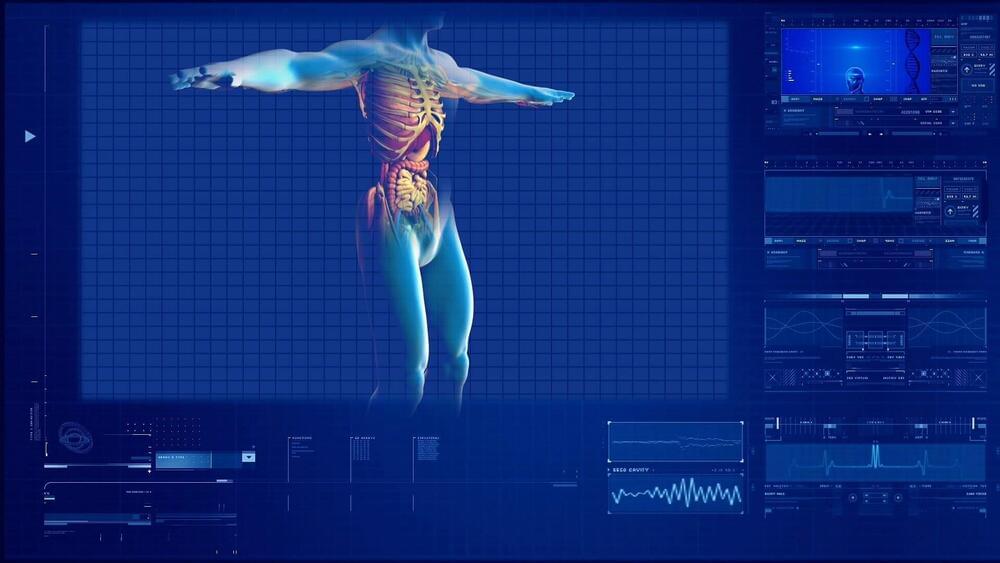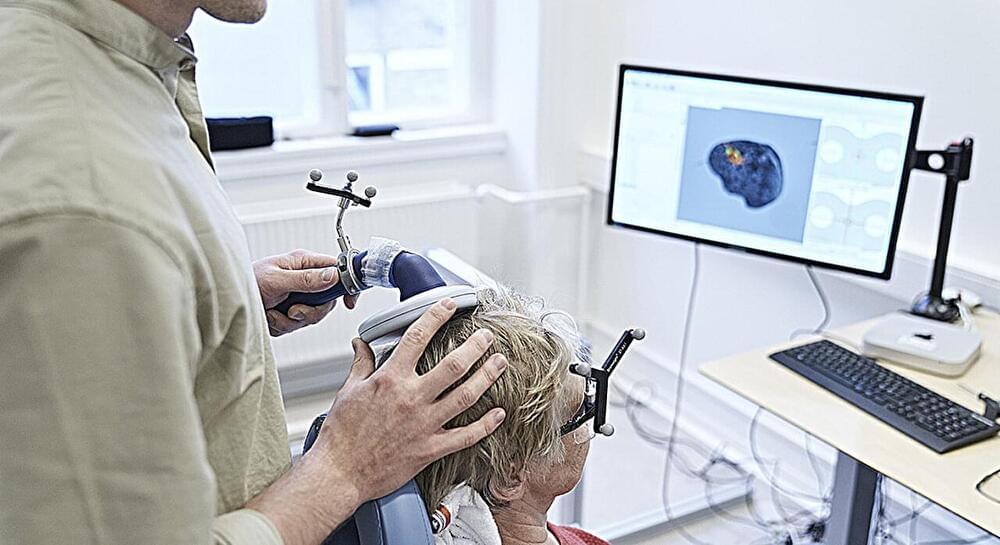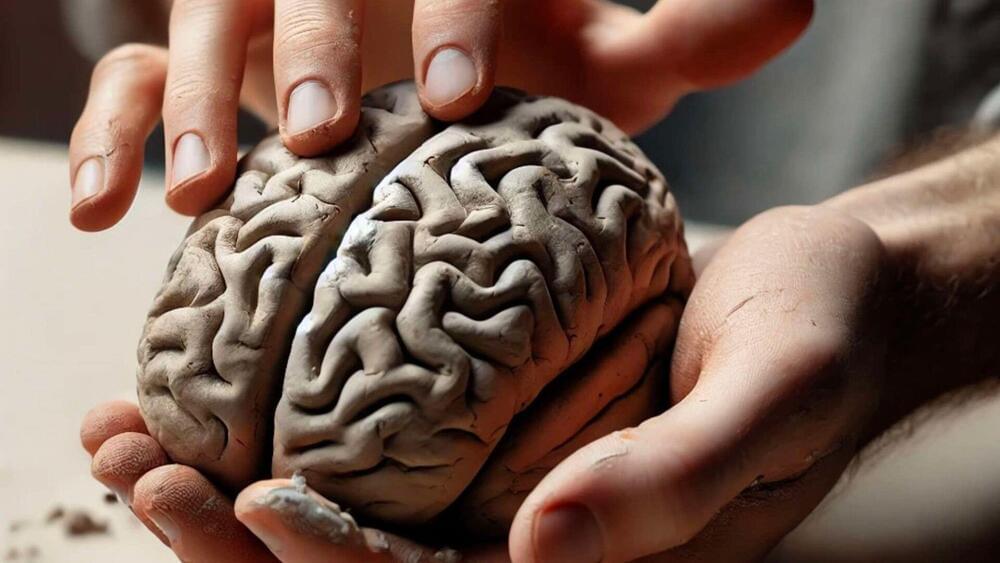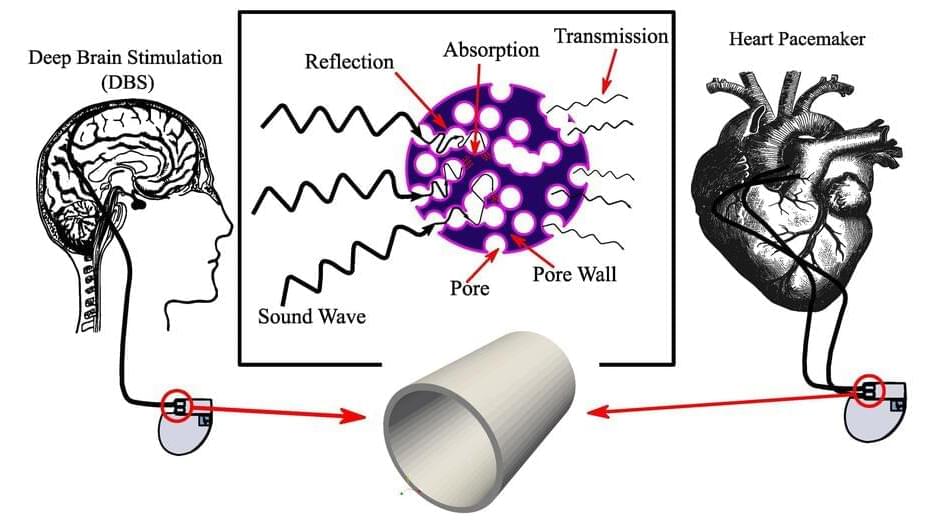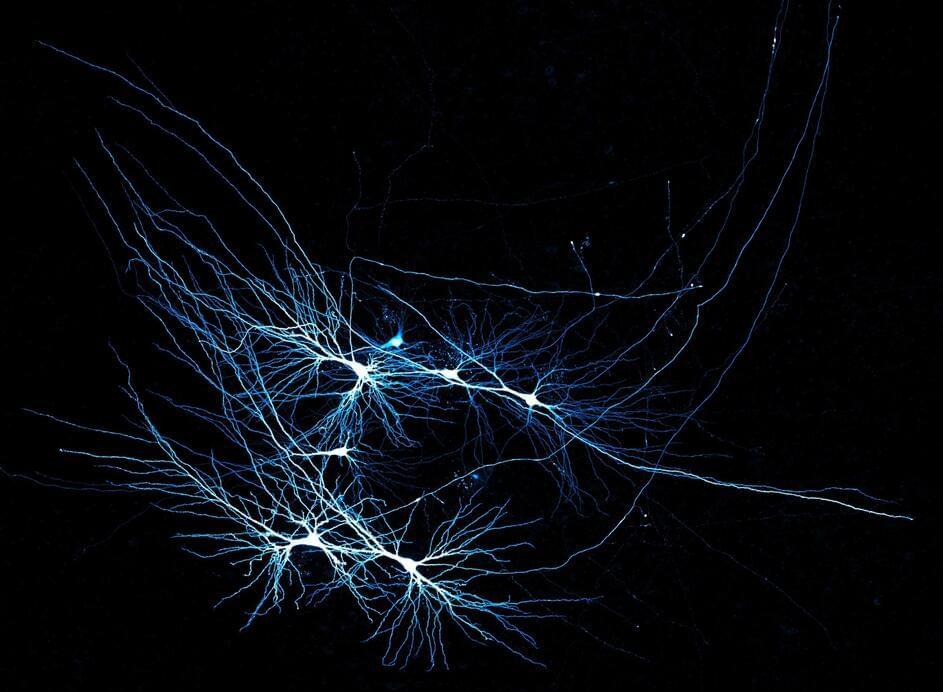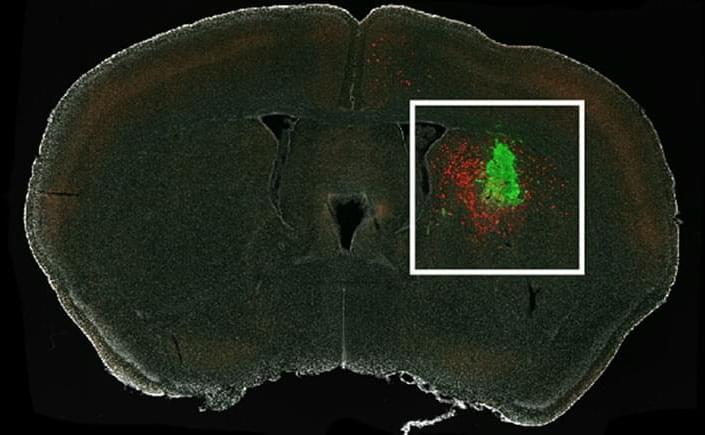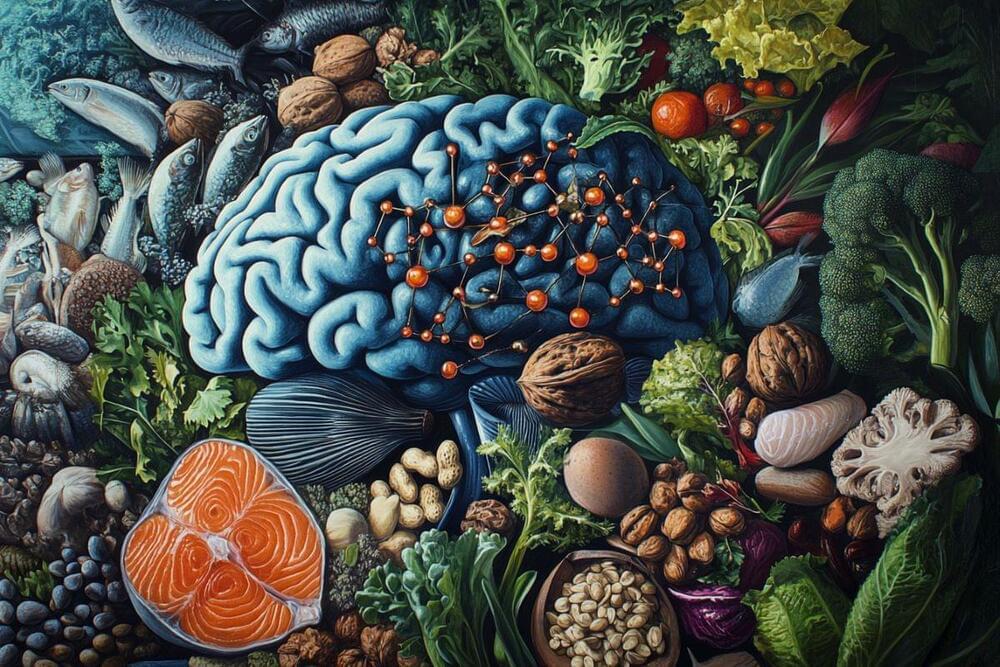Researchers have discovered new connections between the gut and brain that hold promise for more targeted treatments for depression and anxiety, and could help prevent digestive issues in children by limiting the transmission of antidepressants during pregnancy.
The study, published in the journal Gastroenterology, shows that increasing serotonin in the gut epithelium—the thin layer of cells lining the small and large intestines—improves symptoms of anxiety and depression in animal studies. The researchers also found that, in humans, antidepressant use during pregnancy increases the risk of babies developing constipation in the first year of life.
“Our findings suggest that there may be an advantage to targeting antidepressants selectively to the gut epithelium, as systemic treatment may not be necessary for eliciting the drugs’ benefits but may be contributing to digestive issues in children exposed during pregnancy,” said Kara Margolis, director of the NYU Pain Research Center and associate professor of molecular pathobiology at NYU College of Dentistry, who co-led the study with Mark Ansorge, associate professor of clinical neurobiology at Columbia University.
